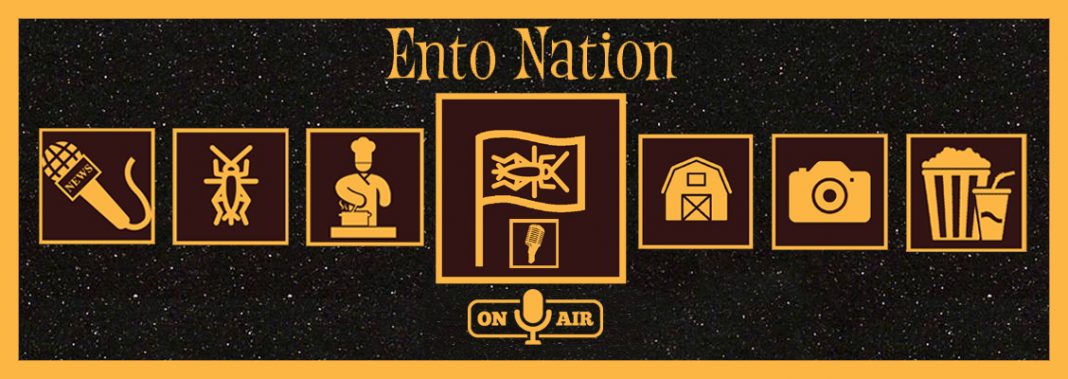Came across a very interesting and informative article on LinkedIn written by Afonso Canelas, he’s got graphs and charts and other informative graphics.
Good stuff.
Let’s start with the basics. According to Research & Markets, a European-based research firm, the edible insect market can be broken out by insect type (e.g., crickets, grasshoppers, ants) and product segment (e.g., protein bars, flour, snacks). Beetles and caterpillars account for roughly half of global sales by insect type, while flour and protein bars represent over half of the market by product segment (see Figures 1-2 below). Globally, the market is projected to grow at a ~24% annual growth rate to reach ~$1 billion USD in revenue by 2023, driven by strong projected growth rates in European and North American markets.
Shift in perceptions and eating habits: Projected growth in the edible insect market is also driven by expected changes in the way consumers perceive eating insects (especially in North American and European markets). The Economist argues that a significant barrier for the edible insect market to take off in Europe and North America is a so called “yuck factor”: because most consumers have never viewed insects as a potential food source, they tend to reject the idea of eating them. However, multiple sources point to the fact that “gateway” products like chocolate covered crickets or cricket protein powder will serve as the starting point for consumers to ultimately eat a broader range of edible insects, like whole insects.















